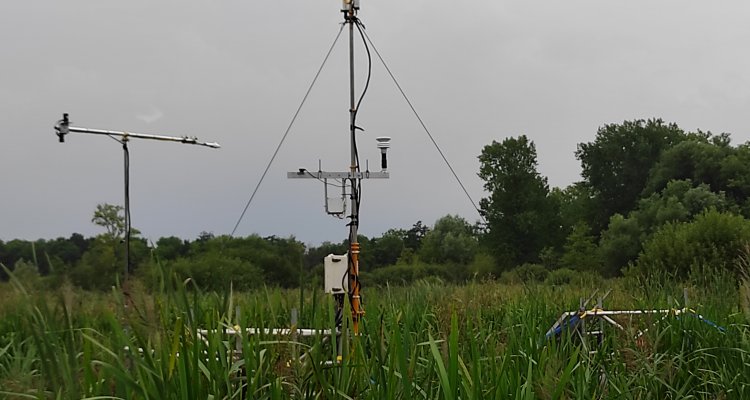
Project
Greenhouse gas fluxes in wet nature
Greenhouse gas fluxes in wet nature - Assessing the impact of rewetting nature on CO2 uptake and CH4 emissions.
Research introduction
There are many smaller and bigger initiatives to re-wet droughted nature or previous agricultural land, with the main purpose to increase biodiversity. Next to this main objective, there is also an expectation of enhanced CO2 uptake, and a risk of enhanced CH4 emissions.
Research challenges
To assess these effects we make direct measurements of the fluxes of these gases, using the Eddy Covariance (EC) technique. The challenge here is, apart from the science, a technical one: can we measure with EC over typically small-scale, heterogeneous terrain, and can we get meaningful results when we measure over periods of only a few weeks.
We will make alternating measurements in two different ‘ new’ inundated swamp areas near the city of Groningen, using a moveable EC mast. We expect to get an impression on the typical CO2 and CH4 exchange for these areas and their response to the weather, time of year, etc. In the end, we aim to quantify the annual budgets for these greenhouse gases and have gained insight on how feasible the methodology used is for the stated objectives.